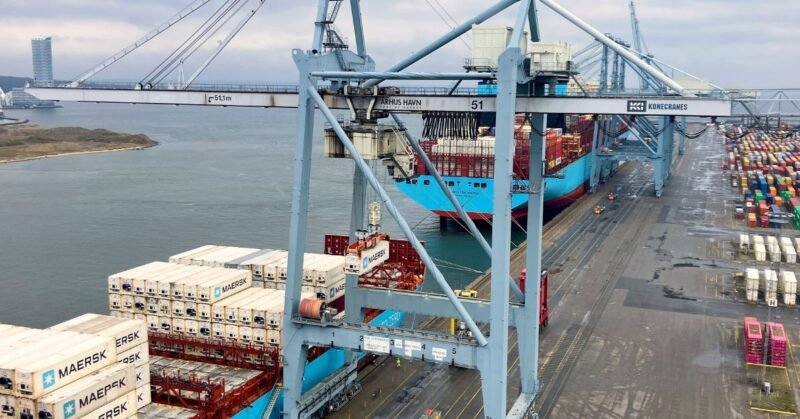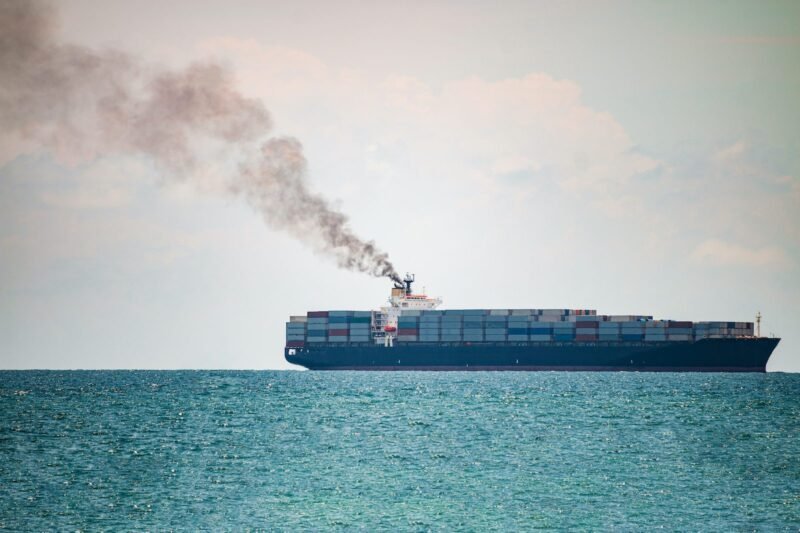Singapore’s Ministry of Transport, along with the Maritime and Port Authority of Singapore and terminal operator PSA, are collaborating to address the congestion in container shipping. This comes in response to reports of vessel bunching and congestion caused by Red Sea diversions affecting carrier schedules. Hong Kong-based market intelligence firm Linerlytica highlighted that port congestion, particularly in Asia, with Singapore being significantly impacted. They reported a queue of up to 450,000 TEU in Singapore and vessels facing delays of up to seven days due to limited berth space.
The Maritime and Port Authority noted an 8.8 percent increase in container volume in 2024, totaling 13.36 million TEUs in the first four months. They attributed this growth to container lines discharging more containers in Singapore, skipping some port stops to catch up on schedules. Efforts are underway to manage the increased vessel arrivals and container volumes, with adjustments being made to reduce vessel bunching and alleviate wait times for berths.
To address the ongoing challenges, Singapore has taken proactive steps since late 2023, including expanding staffing and container handling capacity. The Tuas Port, currently operating eight berths with three more to be added this year, has seen a significant increase in container handling volume. Despite the persisting challenges expected throughout 2024 due to continued Red Sea diversions and the introduction of ultra large container vessels, Singapore remains committed to enhancing its infrastructure to support the anticipated growth in container volumes.


















